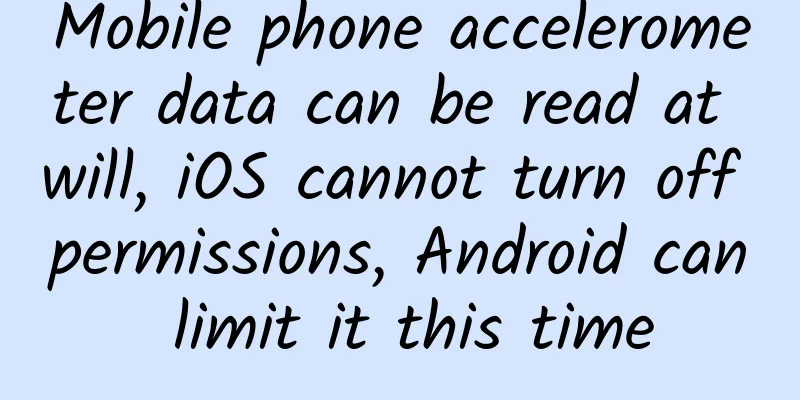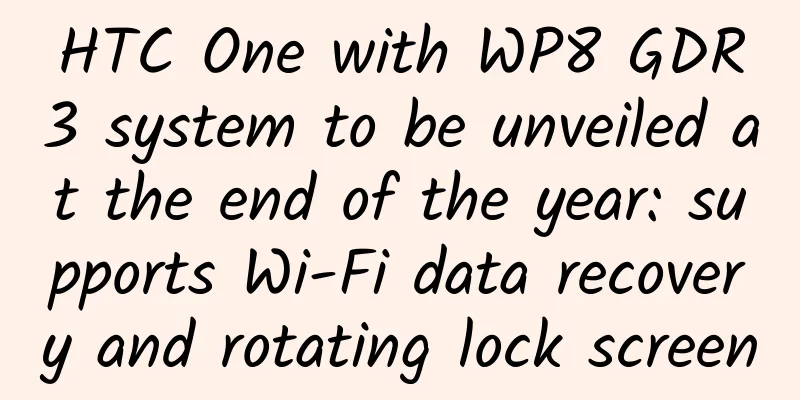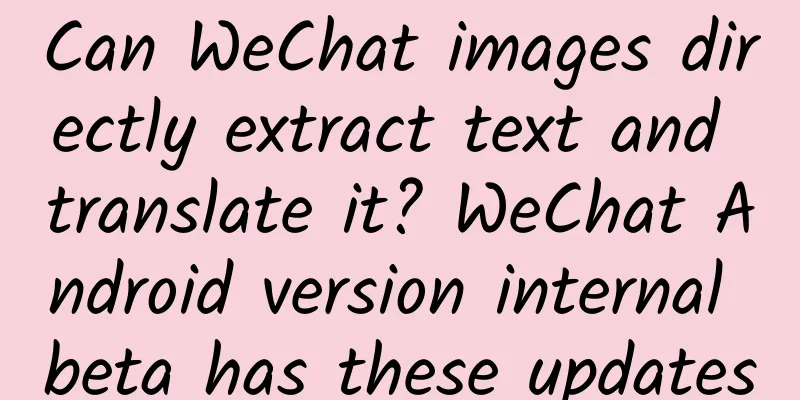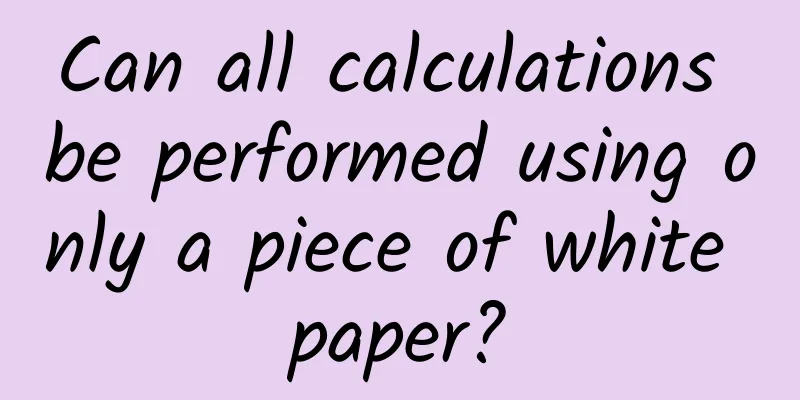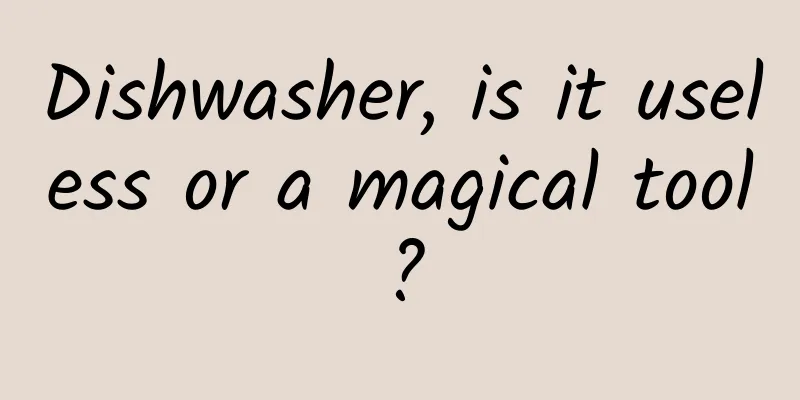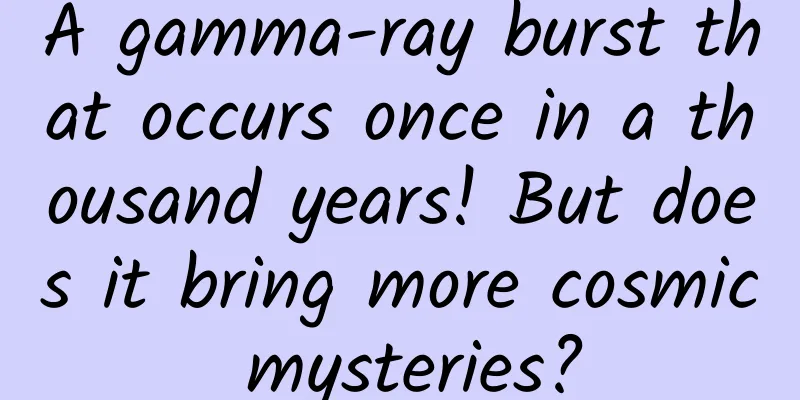Apple iMessage's transformation in China: Users unable to complain, officials helpless
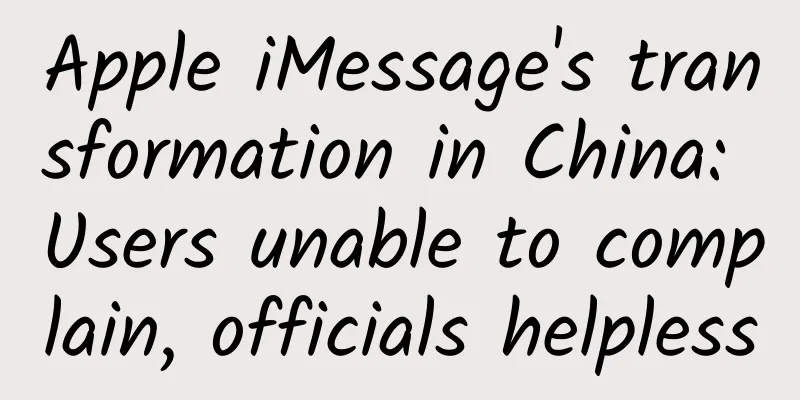
|
You can choose not to read the iMessages in your phone, and you can even report and block those small ads in vain. But as long as there is a 1% chance, the gray industries that send small ads and the financiers behind them will not give up "hope". Therefore, as long as Apple mobile phone users exist, spam messages will never end. In fact, the iMessage built-in instant messaging application of Apple mobile phones has become "famous" recently, not because it can send pictures, texts, videos and other information to all Apple users for free through the Internet. Instead, those domestic Apple users who have turned on the iMessage function are almost endlessly harassed by those fake propaganda and advertising information. So much so that some Apple users jokingly call iMessage: an "advertising transceiver" that never rests. As the amount of iMessage spam increases, the amount of spam text messages decreases, indicating that iMessage spam seems to be replacing text messages. This situation annoys many Apple phone users. Many users even questioned that iMessage can only send messages through mobile phone numbers or Apple IDs that have activated this function. How can the gray industry get the user's mobile phone number or Apple ID? How do they know that the user has activated iMessage? In addition to reporting false information, why can't Apple take any blocking measures and let spam messages fly everywhere? Perhaps, this all started with the widespread "interception" of mass spam text messages. With high delivery rate, iMessage becomes the new favorite of small advertisements "The delivery rate of mass text messages is too low nowadays. I don't really recommend it." Through online advertisements, Dongdong Notes contacted an organization engaged in bulk SMS. Mr. Wu, the customer service manager, said that their organization has been engaged in bulk SMS business for ten years. Although bulk SMS is legal in theory, the current delivery rate is getting lower and lower. "We recommend that you use iMessage to send group messages. It looks the same as text messages and is more effective." Manager Wu said that if you choose iMessage to send group messages, the delivery rate is usually over 60%. In addition to text, you can also send picture and text links, which is a richer form. Indeed, in recent years, many smartphones have built-in group text message blocking functions, and operators are also launching "do not disturb" services. Many users are forced to install third-party mobile security applications with higher blocking efficiency, which also leads to the delivery rate of group text messages far below 20%. "Apple users are generally middle- to high-income groups, so they are very suitable for promoting insurance and financial information." Manager Wu boasted while demonstrating the effects of iMessage group messaging for his clients. When asked if the charges for sending iMessages via the Internet could be cheaper, Manager Wu smiled and said that the charges for sending iMessages to groups by organizations are slightly higher than those for sending traditional SMS messages. "First, the delivery rate is high, and second, sending iMessages to groups is a technical job." He explained point by point, the charge for sending iMessages to groups is 0.1-0.3 yuan per message, and the order starts from 10,000 yuan. Therefore, at this stage, as iMessage mass messages do not need to be reviewed, even if they are reported by users, only the Apple ID and device will be blocked, so there is little impact on the gray industry of sending messages. These mass messaging institutions do not have too many restrictions on the content of the iMessages sent, and basically accept anyone who pays. "SMS messages are no longer effective now. In addition to being blocked by users, operators are also increasing filtering." Manager Wu showed the content that some customers requested for group messages, emphasizing that if the content of group messages involves gray areas, they can only be sent using virtual mobile phone numbers and the content must be in the form of homophonic characters, otherwise they will not be able to escape those filtering mechanisms. Obviously, there is no such concern for group iMessage messages, and even illegal pictures and video content can be sent, as well as "traps" with hidden links that trick users into clicking on them. So, where did the target’s mobile phone number and Apple ID come from? The answer obtained by Dongdong Notes is that they were provided by the institution. "We ensure accurate delivery and will definitely not fool you. You don't have to worry about us cheating, but we really can't tell you the source of the account." Manager Wu seemed a little impatient when Dongdong Notes repeatedly asked about the accuracy and validity of the mobile phone number and Apple ID, emphasizing that it was inconvenient to tell, "These are business barriers and really can't be disclosed casually. The same applies if you go to other companies." So, does iMessage, which claims to have a delivery rate of up to 60% and can send a large amount of illegal and harmful content, really have a certain technical threshold as these organizations say? Can the target accounts of the mass messages really be delivered with high accuracy? How are these user information obtained? Mass messaging technology is child's play, user numbers can be bought or "guessed" Dongdong Notes searched for "iMessage group messaging" on the search engine and found many related technical posts. In a certain IT technology community, many related contents even provided detailed group messaging codes and tutorials written by Apple. "The technology of iMessage group messaging is not difficult. This set of code basically meets the needs of group messaging." After Dongdong Notes sent the community's public group messaging source code and tutorials to relevant engineers engaged in Apple application development, the other party said that these source codes should all be runnable. Among them, even random emoticons are embedded for official duplicate content detection to prevent the account from being blocked. It can be seen that the threshold for iMessage group sending is not high. "The difficulty of group sending lies in obtaining mobile phone numbers and Apple accounts." With the introduction of this engineer, Dongdong Notes contacted a technical veteran named "Miou" who had worked in a group sending agency. He told Dongdong Notes that the way to obtain users' mobile phone numbers is actually relatively simple and relatively traditional. "Some of the information was purchased from the gray market at a low price, just a few cents for each number." Miou said that there is actually no threshold for purchasing user mobile phone numbers, and sometimes you can even "guess" the number. After all, after randomly selecting a mobile phone number, it cannot be used for iMessage group sending immediately, and you still need to use tools to filter whether the mobile phone number has been associated with an Apple ID. This screening method is very simple. Just open the Mac iMessage client and automatically paste all purchased and randomly sorted mobile phone numbers into the recipient column. "Those that appear in blue are already connected to iMessage, and those that appear in red are regular numbers." "Miou" told Dongdong Notes that as long as all the mobile phone numbers that appear in blue are sorted out, you will have a list of accounts that can send group iMessages. If you want to make mass messages more targeted and save time and energy on screening, you need to use the Apple ID as the iMessage account, that is, the user's email address. "There are two ways to get the email address, but neither is visible to the public." Miou pointed out that although the Apple system is more closed and highly secure than Android, users will still leak their Apple IDs during use, especially when sending their phones for repair, which makes it easier for IDs to be stolen by "roadside" repair agencies. "Sometimes when users browse some web pages, they will suddenly receive a message prompting them to re-verify their Apple ID. This situation is most likely an action taken by the gray industry to steal user accounts." He said that if users are not careful when entering their account numbers and passwords, they will be immediately stolen by the gray industry organizations. In addition to being used for mass messaging, Apple IDs can also easily lead to payment fraud. Miou reminded that if users frequently receive iMessage spam, they should often change their Apple account login passwords to avoid being stolen and logged in. "This proves that many mass messaging organizations have obtained your account information, which is very dangerous." Although the source of iMessage mass-messaging accounts is difficult, it is possible to send iMessage spam to a large number of users by purchasing, randomly selecting, and verifying user mobile phone numbers. Some users' Apple IDs have been resold several times by gray industry organizations. So here comes the question: Faced with a large amount of spam and illegal information harassment, can Apple users just endure it silently? Forcefully shut down iMessage, sacrificing functionality for peace of mind "Whoever receives the most harassing spam messages is the richest. Hehe, just kidding." Xu Changwei, who works at an application development company in Kexing Technology Park in Nanshan District, receives more than five iMessages every day. His colleagues even started a "spam competition" to see who received the most spam. As a technician, he blocked and rejected iMessage spam two years ago. However, whether in the IT community or on social platforms, the most effective way mentioned by people is to turn off the iMessage function. "Many of my relatives and friends don't know how to turn off the iMessage function to prevent harassing messages." He told Dongdong Notes that although there are many guides on the Internet on how to prevent the flood of iMessage spam, there are still many Apple users who post questions asking how to block spam messages, and almost none of them know where the switch for the iMessage function is. Xu Changwei thinks that simply turning off this function can indeed eliminate the nuisance of spam messages. "But it is a bit crude, many of my colleagues still communicate through iMessage." Due to certain business confidentiality reasons, his company has always advocated communicating through iMessage. Therefore, under the premise that the iMessage function of Apple phones can no longer be turned off, he and his colleagues are using various methods to resist spam messages. In addition to turning off the function, some technicians suggested that blocking all unfamiliar number messages in the SMS settings can effectively reduce spam messages. However, this method is also likely to block some normal text messages as unfamiliar messages. "This method is not very reasonable. To turn off and sacrifice a function as the price of avoiding harassment is a bit putting the cart before the horse." In Xu Changwei's view, facing the increasing amount of spam messages, Apple should take responsibility and actively filter out bad information, just like telecom operators do with spam text messages. "After all, the iMessage feature was developed by your Apple technicians. You can't turn a blind eye, right?" However, when Dongdong Notes tried to learn and collect information from various sources about Apple’s attitude towards iMessage spam, it was surprised to find that there were not many effective methods officially announced, and there seemed to be no better solution except reporting the account. "Reporting will either ban the account or the device, it really has no deterrent effect at all." Some netizens complained that Apple is shirking its own responsibilities by not filtering harassing content in iMessage messages on the grounds of protecting user privacy. The most important thing is that iMessage can send messages to Apple users without real-name registration, which makes it difficult to trace the source of the information, which also allows a large number of illegal and unscrupulous organizations to take advantage of it. Even the Internet regulatory authorities find it difficult to trace the source of the information under this situation. Like harassing text messages, iMessage has been used by the gray market to send spam messages since it entered China. As the telecommunications sector has tightened its supervision of text messages, more and more illegal messages have been transferred to iMessage, and this space has become a platform for them to cheat. All Apple phone users have become the "target" of spam messages, which has caused some users to doubt the real security of the Apple system and have a sense of distrust. However, they use Apple, and who doesn't know how much Apple respects its users? There has been public opinion calling for Apple to come up with a solution as soon as possible to deal with the large amount of spam faced by domestic Apple phone users, rather than simply saying "there is no good solution at present" and letting consumers suffer inconvenience and distress. We feel that if Apple can change, it is no longer Apple. |
<<: Leaked data shows Microsoft's mobile strategy is working
>>: iOS 12.3 released to support AirPlay 2-enabled TVs
Recommend
New media marketing strategy for B2B!
B2C companies have many ways to use social media,...
WeChat, which has been criticized for so long, finally came up with a feature worth praising
WeChat, which has always been "the best in t...
Talking nonsense in the name of responding to doubts, what lies did Qudian CEO Luo Min blatantly tell?
Late in the evening, I was amused by an interview...
Yibin Mini Program Agency, how much does it cost to be an agent for a film and television mini program?
How much does it cost to be an agent of Yibin Fil...
Four key links in O2O operation
Although everyone has been playing with O2O in re...
How can small companies promote their apps without celebrity endorsements?
Products endorsed by celebrities can bring good s...
China Automotive Technology and Research Center: 2021 State-owned Automobile Enterprises Digital Transformation Roadmap White Paper Version 1.0
The white paper explains the background of the di...
Mini Program Framework API App and getApp Parameters
Dongguan mini program development framework inter...
A "time capsule" from outer space is right here on Earth
About 4.5 billion years ago, the solar system was...
Was Tyrannosaurus Rex also a picky eater when it was young? New fossils reveal the secret of Tyrannosaurus Rex's "last meal"
Adult Tyrannosaurus rex was a formidable predator...
Apple, Google and other technology stocks plummeted: cooling down the trillion-dollar market value may not be a bad thing
Recently, high-tech stocks represented by Apple, F...
Deciphering whose cheese was moved by LeTV's rapid rise during Singles' Day?
The "Double Eleven" e-commerce festival...
WeChat Mini Program Price Budget Table: How much does it cost to develop a WeChat Mini Program?
WeChat Mini Program Price Budget Table How much d...
A brief analysis of the 7 types of super traffic content
What kind of content can attract users' atten...
I have compiled 15 online channels for event promotion. I recommend you to save them.
Planning a complete event plan includes five impo...

